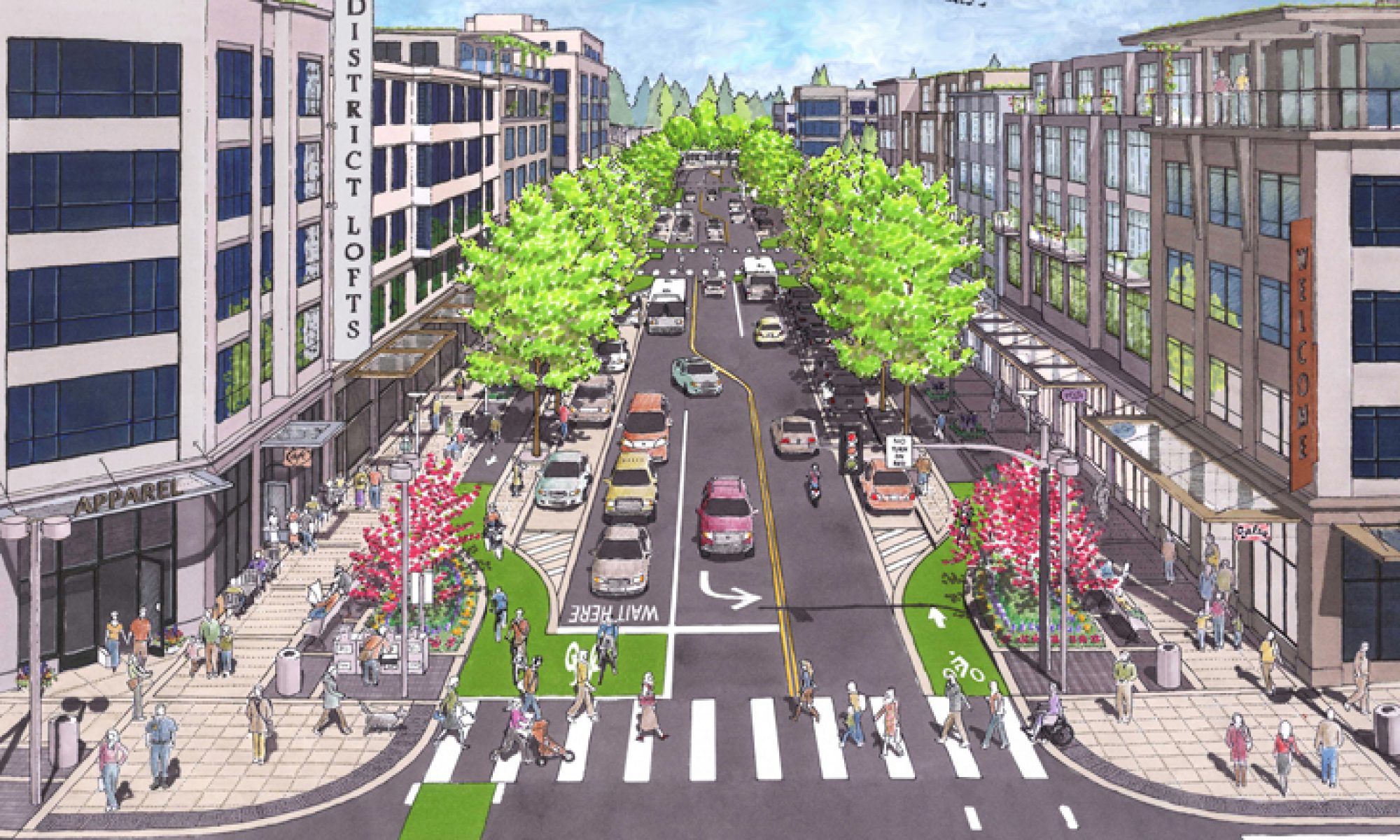You’ve read it here again and again: almost 40,000 Americans died in automobile-related crashes last year. Injuries from crashes are a national health crisis, as well as illnesses related to pollution and obesity. We’re spending more time than ever in our cars because our roads have been designed to prioritize driving above any other mode of transportation. Many are carrying unsustainable debt for their vehicles, not to mention the cost of insurance, fuel, and car storage (aka parking). It doesn’t have to be this way.
THE GREEN NEW DEAL FOR TRANSPORTATION IS HERE.
And polling shows that Americans want it, too
A GREEN NEW DEAL FOR TRANSPORTATION
Polling shows that Americans want more options than just driving. The Green New Deal for Transportation can get us there.
In February 2019, Representative Alexandria Ocasio-Cortez (NY-14) and Senator Ed Markey introduced the Green New Deal to Congress, momentous legislation that, if passed, would set goals for future climate lawmaking. But the bill had one glaring omission: it was “devoid of the bold reimagining of federal transportation spending which encourages more roads, more driving, more sprawl, and more emissions,” as T4America director Beth Osborne wrote at the time.
Download the report here:
A GREEN NEW DEAL FOR CITY AND SUBURBAN TRANSPORTATION
A preview of the report:
The overwhelming majority of federal transportation spending is allocated for roads, leaving limited funds available for more sustainable modes like transit, walking, and biking. As a result, fewer than 10% of Americans currently live within walking distance of frequent transit. The collective “sidewalk gap” in U.S. cities easily adds up to tens of billions of dollars, and the Americans with Disabilities Act mandate to make streets accessible remains unfunded, leaving too many people isolated in their homes. Our roadways are designed to move vehicles at the highest speeds possible, with devastating consequences. More than 35,000 Americans die in automobile-related accidents every year, and pedestrian fatalities have increased by 35 percent
in the past decade. Americans are spending longer than ever in their cars – and taking on unsustainable levels of debt to pay for those cars. These realities are treated as a necessary part of the American transportation system, but it doesn’t have to be this way.



